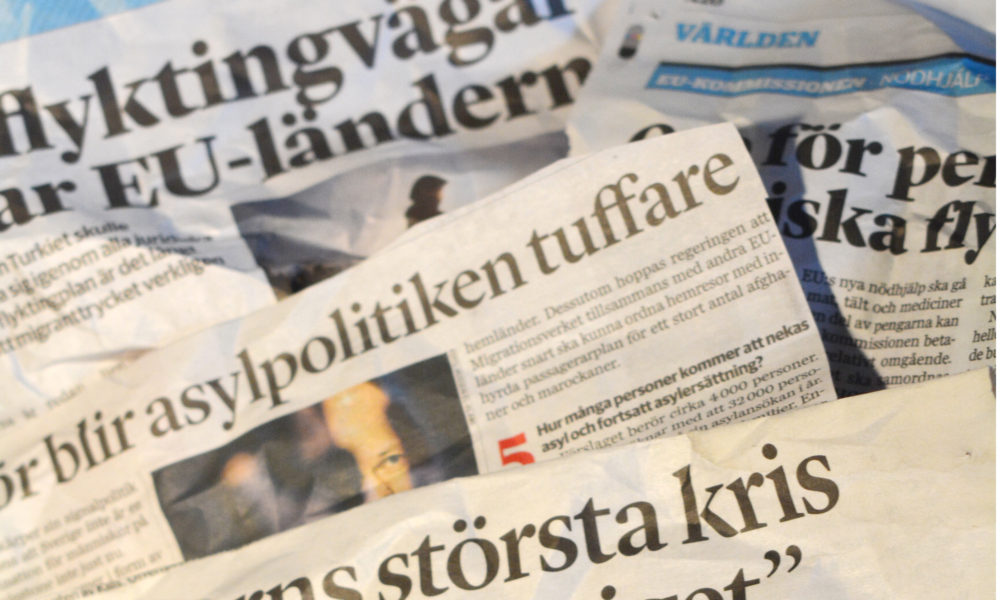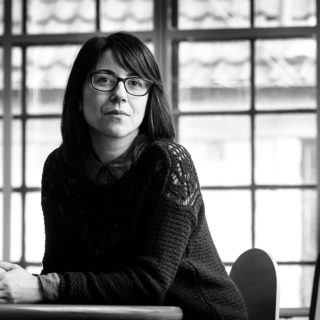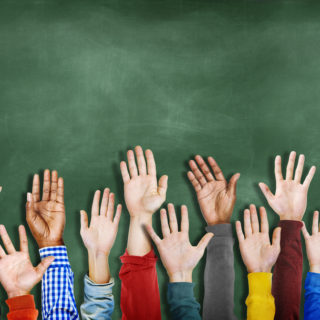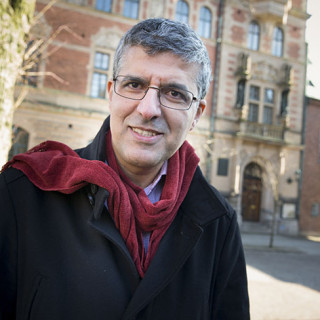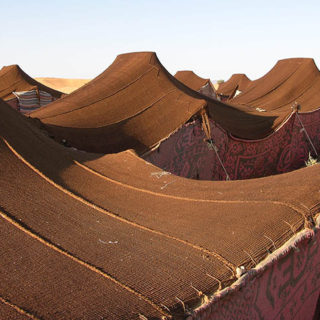How media cover refugees and immigrants
Dalia Abdelhady, senior researcher at the Center for Middle Eastern Studies has been studying French media and the coverage of refugees. For her French media is kind of interesting because, more so than Sweden, the newspapers have strong political alliances. The assumption was that the newspapers given their political differences would have completely different coverage when it comes to foreigners and immigrants.
“ And they do. But in the end media still consider children of immigrants as foreigners as people not integrating in society. They are still considered outsiders. There is never an effort to see them as part of the French society. This is of course is problematic and I hope that my research will contribute to raise awareness about the fact that media is not helping immigrants and their children to feel that they belong to society.”
Dalia currently works on a comparative study of how refugees and migrants are portrayed in Danish and Swedish media. The method used within the study is content analysis of articles found in Swedish and Danish media. When it comes to the study carried out in Sweden and Denmark Dalia’s research focus on the way refugees were portrayed in media during fall 2015 when Sweden received tens of thousands of asylum seekers during a short period of time. Entire families arrived at Malmö railway station. Families who had sometimes travelled for several weeks on dangerous roads across Europe to reach their final destination: Sweden. The media coverage was intense and so was the debate in society. Many people and politicians expressed concern if Sweden had the capacity to receive that amount of people in such a short period of time. Since media covered the situation on a daily basis there is a lot of material to analyse.
“Media reflects what a society feels.”
“The study of media is important for social scientists as media reflects what a society feels and thinks in general, but it also has an important role in the construction of the social reality that the people react to. We get affected by what we read on the newspapers and what we see on the TV, and in many ways media influences the way understand the world and the events around us“.
Altogether, Dalia finds that newspaper stories in all the countries she studies frame their coverage within one of four themes that she identified: conflict, human interest, economic consequences, and institutional responsibility. The content of the themes varies for each country, but there are still similarities in the ways the topic is approached. For example, about a third of the articles found in each country focuses on humanizing the refugees by treating them as individuals and portraying elements of human loss, adversity, and also generosity.
“ The differences in the coverage reflect more the national political and economic climate found in each country. In Sweden, the presence of strong institutions as local governments, national government and civil society is reflected in the abundance of articles on institutional responsibility towards refugees”.
Dalia Abdelhady talks about the differences from Jordan, where local institutions and civil society organizations are not as strong, and there are only a handful of articles highlighting that focus. Similarly, the economic strain produced by receiving refugees is more pronounced in Jordan compared to Sweden. Understandably so; Jordan is a resource-poor country that has received the equivalent of 8 percent of its population as refugees from Syria in the last four years.
The ambition for Dalia Abdelhady is to publish the first results later this year.
Illustration: Catrin Jakobsson


